Cosy country cottages, a folly, and my own nostalgic memories
Anything that Farningham lacks in size undoubtedly makes up for in charisma and character; it brought back so many enjoyable family memories for me.
It had been years since I last visited Farningham; I’d forgotten how picturesque and quaint it was. Although, to be fair, it has been over forty years since I was first taken to Farningham as a child. Then most recently twenty years ago.
In the summer months, we used to meet my grandfather at the historic Lion Hotel. It was located on the banks of the River Darent and an ideal playground for my brother and me to burn off our excess energy and see who could fall into the river first.
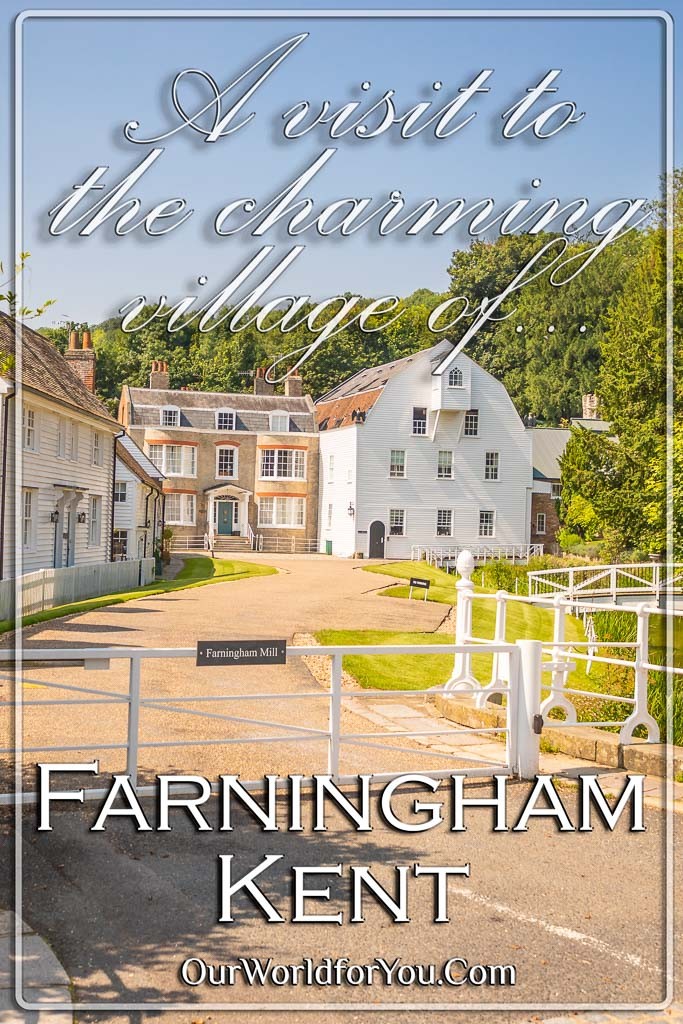
How to get to Farningham
By Train - You can catch a direct train from London Victoria to Farningham Road Station, which takes around 40 minutes. Farningham Road Station is about 2 miles (3km) from Farningham, so a little distance to walk. However, the charming village of Eynsford is only 1.4 miles (2.2km) further on, and you can catch a return train from Eynsford.
By Car – Farningham can be easily accessed from the M25 (jct. 3) and M20 (jct. 1).
Farningham cattle screen
Or is it a folly?The iconic characteristic of Farningham is the cattle screen, which is sometimes referred to as a folly adjacent to the old medieval bridge.
The cattle screen was built around the mid-1700s and was erected to stop livestock wandering up or downstream of the Darent. However, this cattle screen is believed to have been created as a little bit of indulgence by the Hanger family to show their wealth.
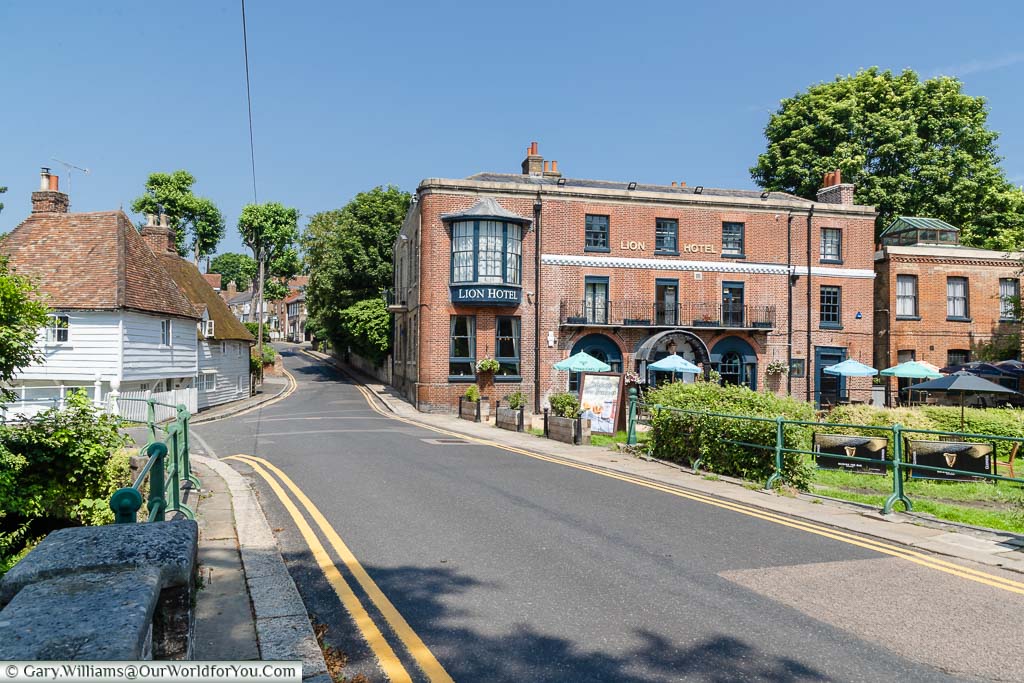
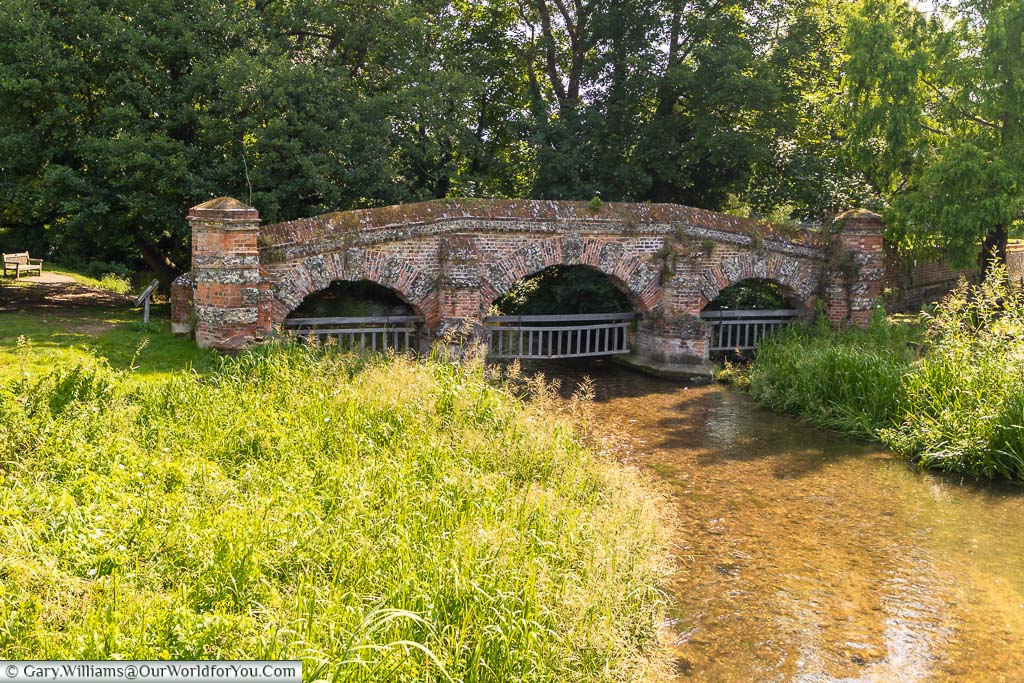
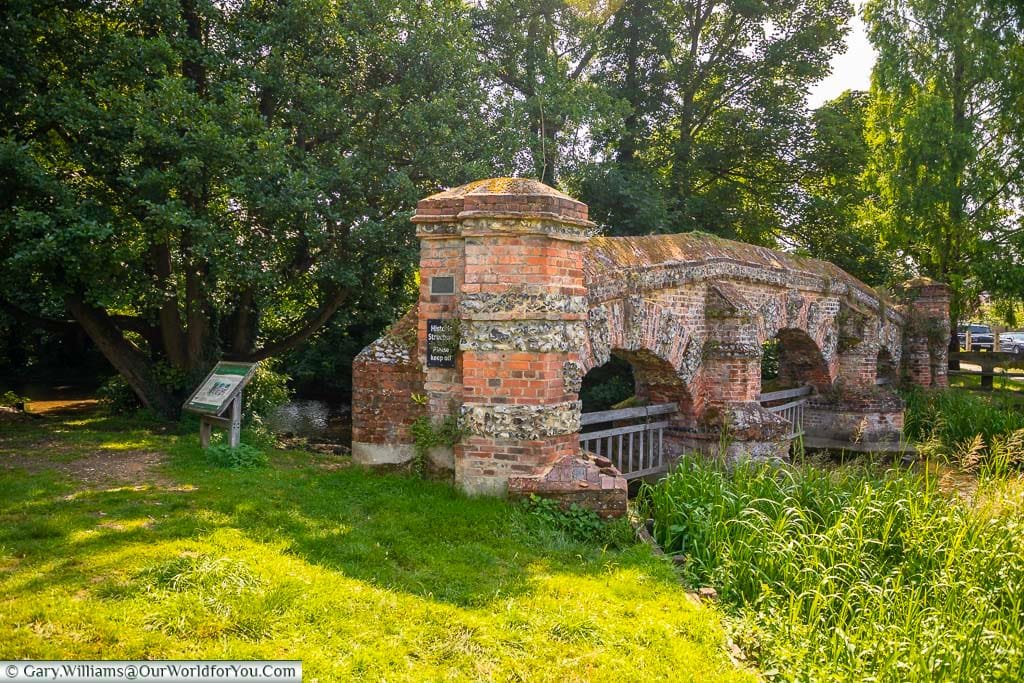
Serene country surroundings
In the heart of the Darent ValleyWhile strolling through the tranquil streets in Farningham, I couldn’t believe that this picturesque village was only 2 miles (3.2km) from the murmuring lanes of the M25 and M20. I didn’t hear the motorway at all during our visit, perhaps as Farningham lies in the Darent Valley, which makes it slightly sheltered.
Farningham village is now a Conservation Area and covers 15 hectares, including forty-six listed buildings and structures.
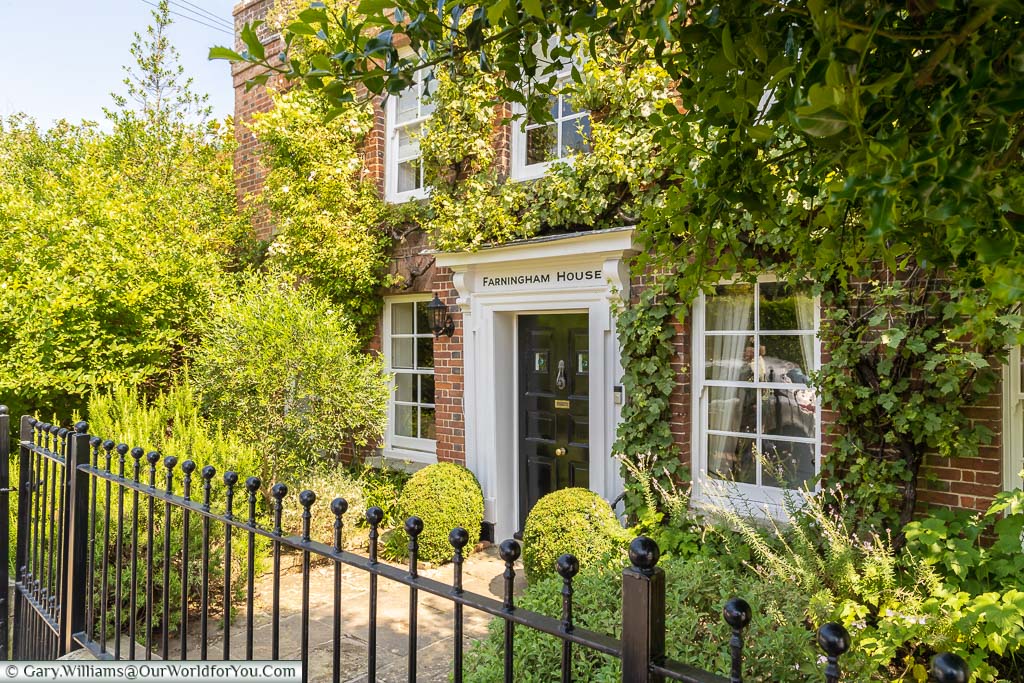
Parking along Farningham High Street is free of charge, although there is a payable car park by the Lion Hotel if you struggle to find a space.
Take a look at the self-guided walk of the village which Farningham Parish Council has compiled.
Hiking the Kent Countryside
A little slice of Farningham history
With a French twist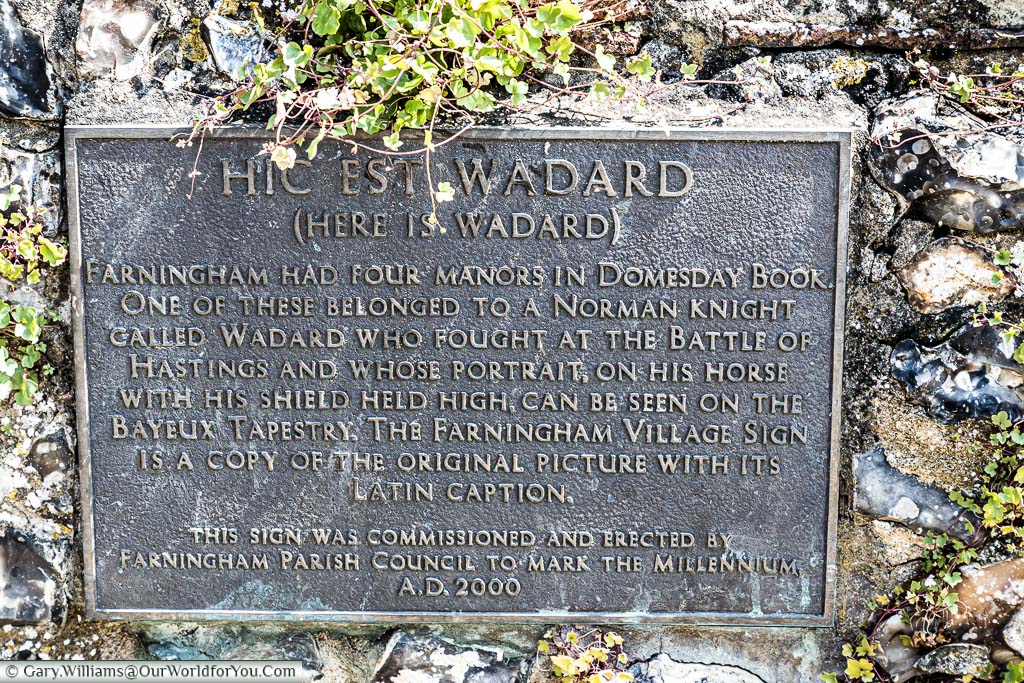
Then came the Romans in the 1st-century who certainly left their mark on Farningham and other surrounding villages. There is evidence of six settlements in this small region, three villas and three farmsteads.
Farningham was undoubtedly mentioned in the Domesday book of 1086 and bizarrely can boast at having one of its noble landowners on the Bayeux Tapestry. Wadard was an 11th-century Norman who came over to England in 1066 with William the Conqueror. Wadard is also depicted on the Farningham street sign.
Another notable frequent visitor was Captain Bligh of the 'Munity of the Bounty'.
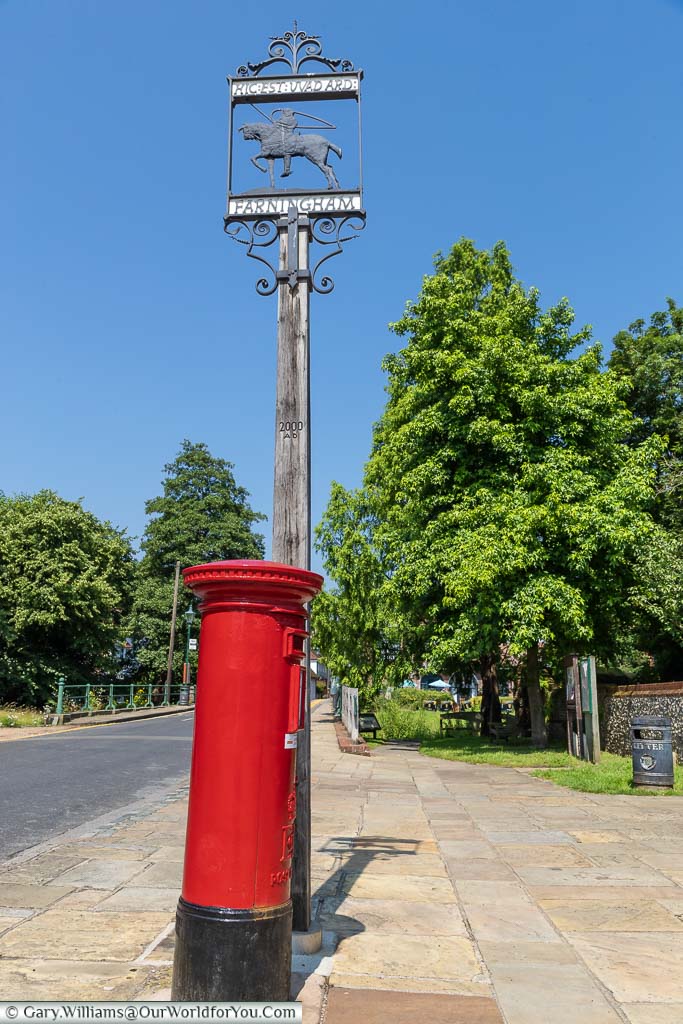
If you're intrigued by Kent's weird and wonderful history, or all unusual stories around the county, then take a peek at "Kent's Strangest Tales".
You won't be able to put it down, you can pick it up for your Kindle or in good old paperback.
Farningham village life
So beautifully English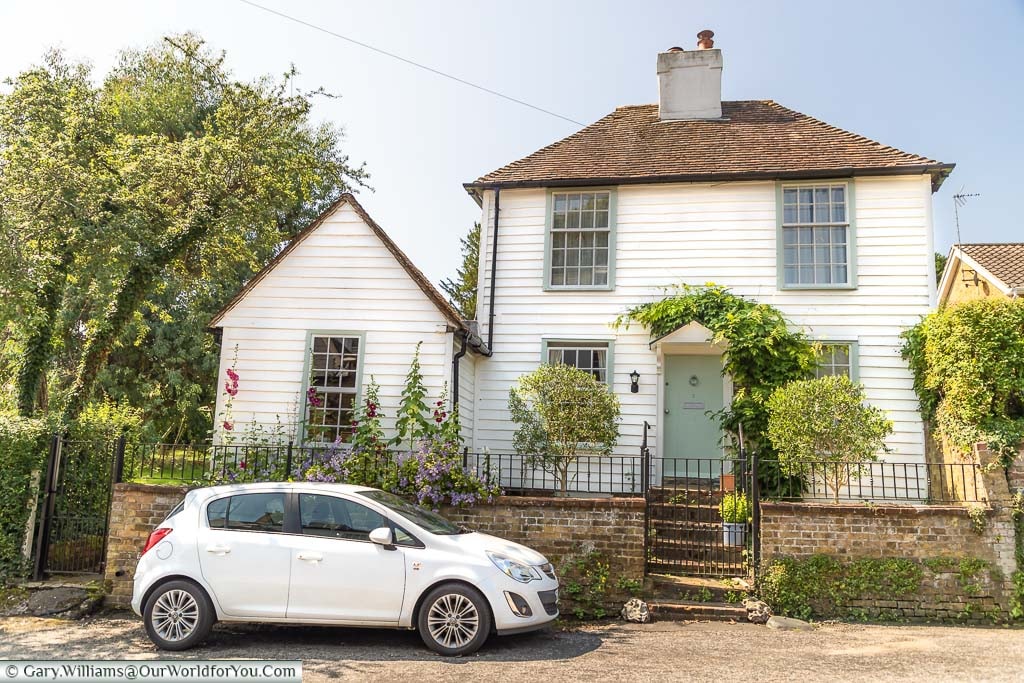
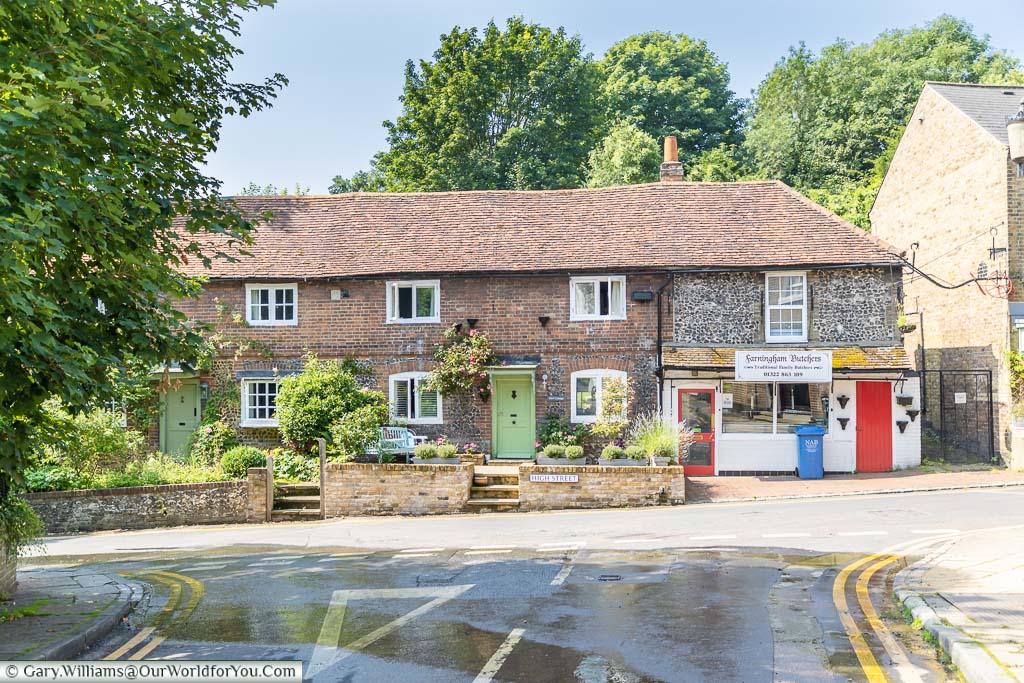
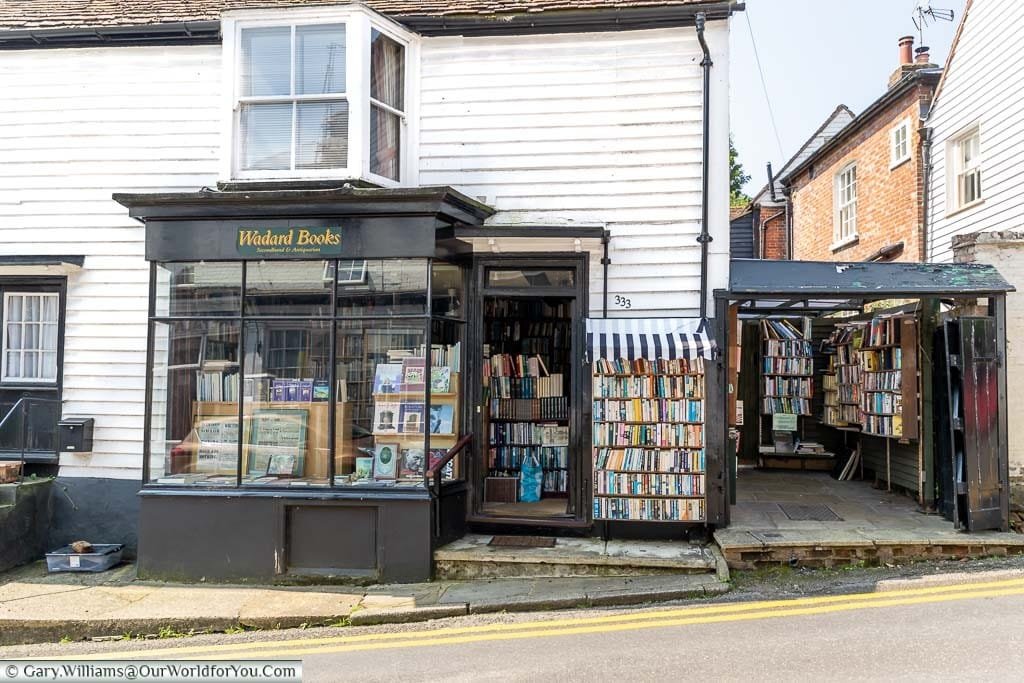
Farningham’s iconic watermill
And charming flint country cottages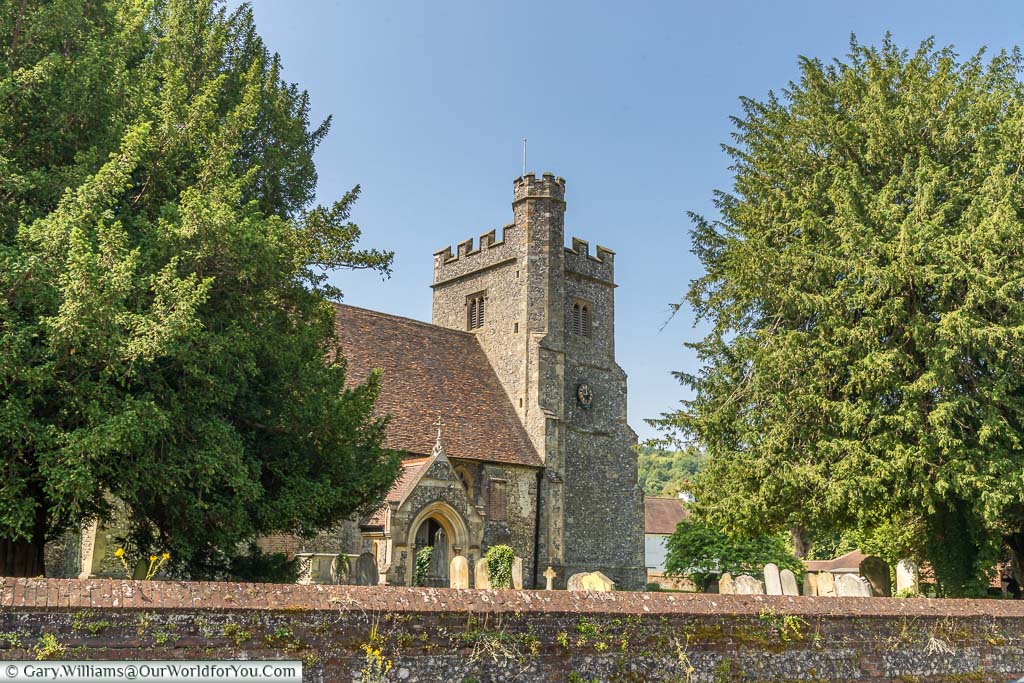
Where to stay near Farningham
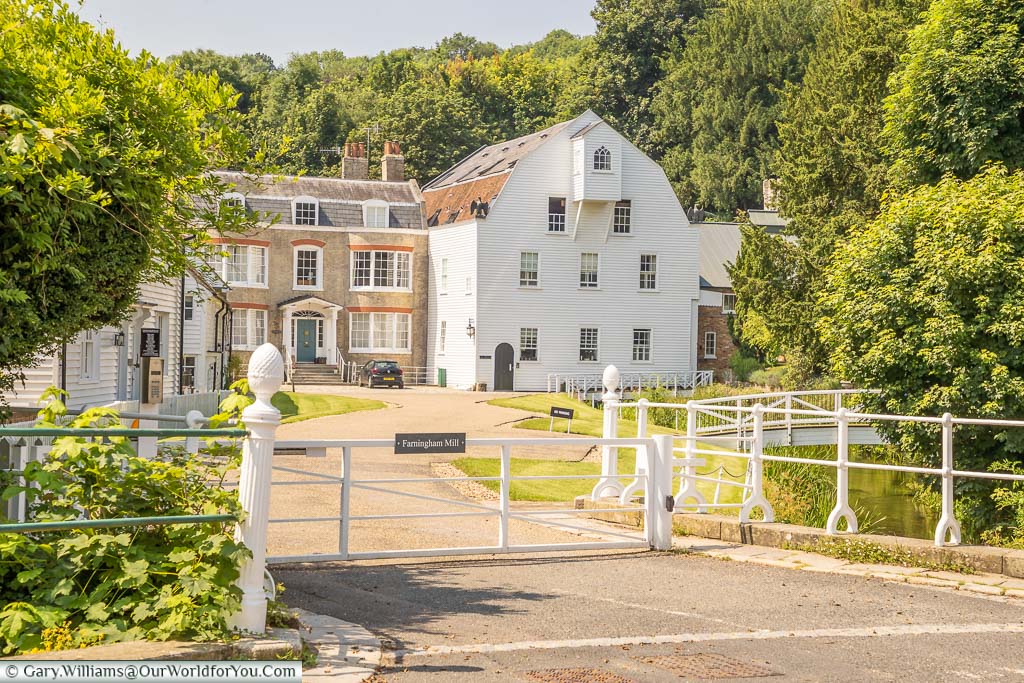
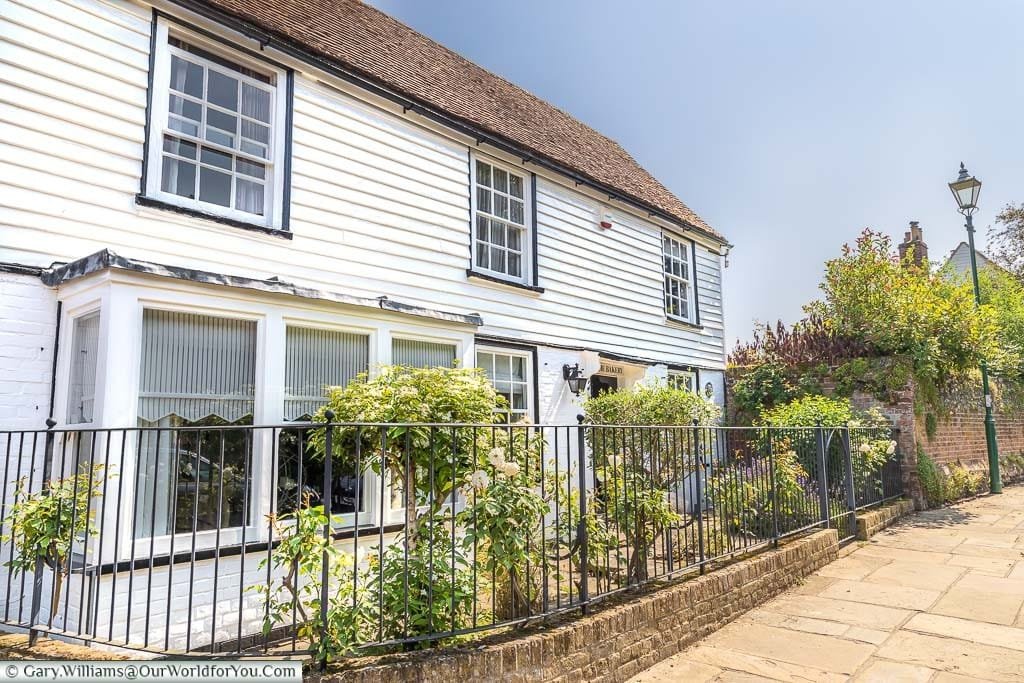
Escape for a few days
Are you looking for that ‘perfick’ holiday hideaway to relax in while you discover the Garden of England?
After a day exploring the Kent coast and its many historic castles enjoy one of the handpicked properties and unique retreats at Holiday Cottages.
Farningham certainly won’t go thirsty
Neither did Dickens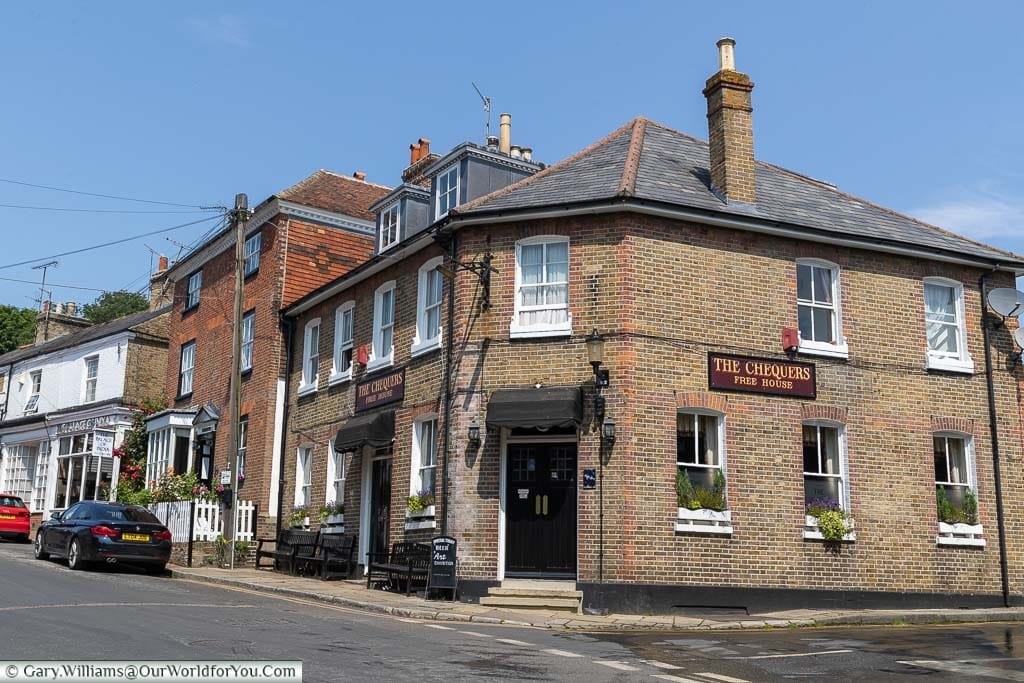
In the middle of the High Street on the banks of the River Darent is the 18th-century Lion Hotel. The Lion has played a prominent role within Farningham over the centuries, including billeting troops passing through on their way to mainland Europe.
It is also believed that Charles Dickens visited The Lion while he enjoyed participating in the excellent trout fishing that the Darent River provided.
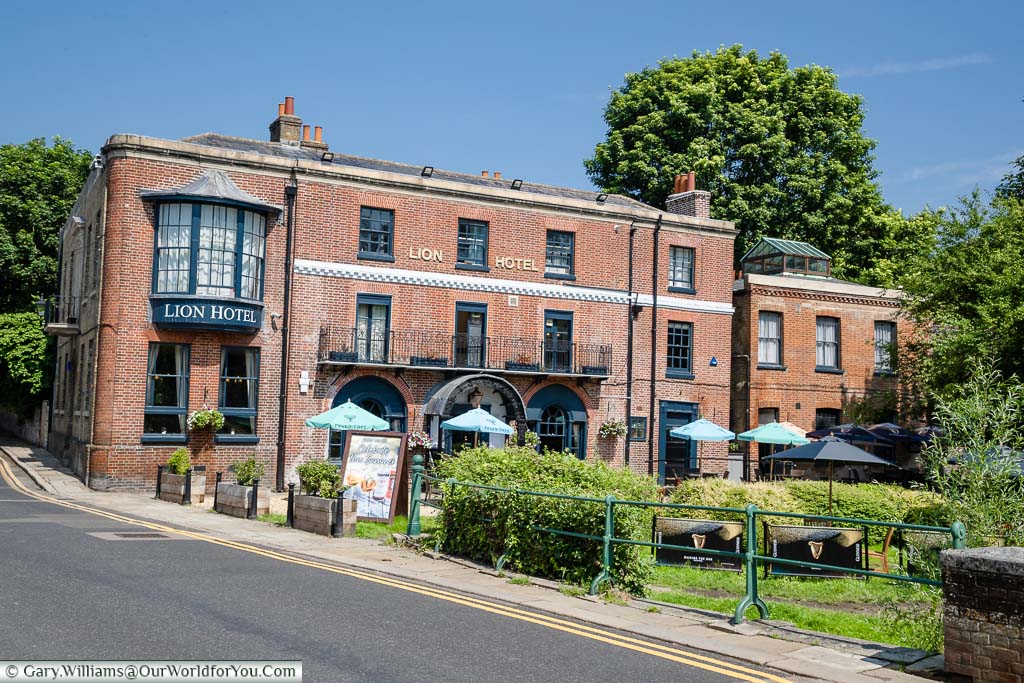
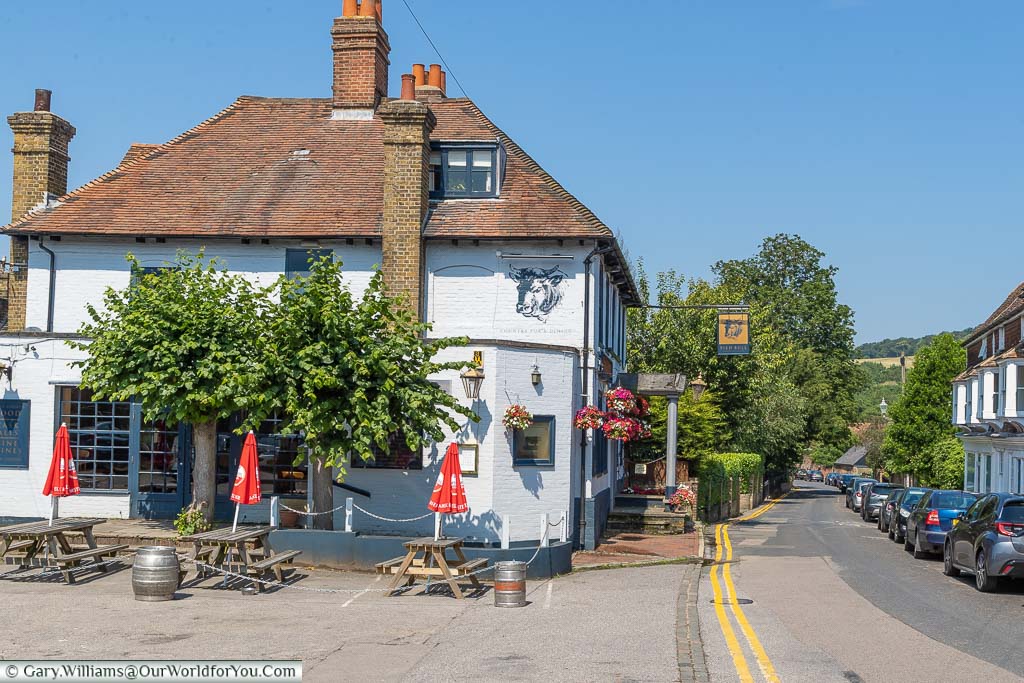
Things to see and do nearby Farningham
Within a short distance of Farningham, there are plenty of other attractions and activities to keep you occupied. Here are a few that you may enjoy.
Eynsford Castle - English Heritage (Free entry)
Lullingstone Roman Villa - English Heritage
Lullingstone Castle & The World Garden
Lullingstone Country Park
Eagle Heights Wildlife foundation
Farningham Wood Nature Reserve
Brands Hatch
Darent Valley Path
Castle Farm - Lavender Farm (seasonal)
* This post may contain links to affiliated sites where we earn a small commission at no additional charge to you.
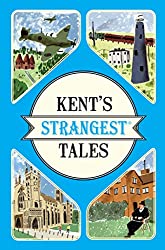

I love Kent it is one of my favourite counties in England. Lived in the county for 20 years before moving to Belgium . Live in Hayes nor far from Bromley. near to the Kent country side nearest village was Keston and Down where Charles Darwin lived in Down House which is open to the public and worth visiting as I have done by walking to down by foot not far from Hayes.
Yes, there are some beautiful places to visit in Kent. We’ve lived here many years now and still find new places to explore.
Which region of Belgium do you now live in, is it in Flanders or the Wallonia?
Sadly the butchers is now up for sale- am pretty sure it has only just gone up for sale this week!!
Fingers crossed that someone buys it and keeps it as a butchers.
Are you able to enter the Farningham mill compound?just want to take photo of the white bridge.
Hi, I believe it is now private residences, so I’m unsure if you are able to stroll in. You may just need to ask someone while you are there.